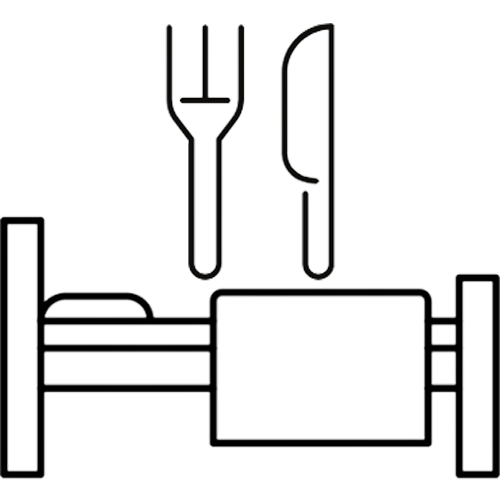Vainutas is a Samogitian border town, situated in a beautiful valley where the river Šyša starts its journey. Vainutas was first mentioned in written sources in 1506. In 1640, 29 families lived in Vainutas. At the beginning of the 18th century (during the Northern War), the town burnt down and there were no inhabitants in Vainutas. Gradually, life in Vainutas started to develop, a church and a school were built, but in 1853 the town was destroyed. Vainutas burnt down again. However, after each disaster, the town recovered quickly. From 1853, the poet and classic of Lithuanian literature Antanas Baranauskas worked in Vainutas as a scribe’s assistant for two years. His most famous work is the poem “Anykščių šilelis”. The poet also described the Vainutas fire in verse. A small church was built in 1856 and rebuilt in 1869 on the initiative of Bishop Motiejus Valančius. It has survived to the present day – stone-built, rectangular in plan, gabled with an apse, with 3 altars inside. The sanctuary is enclosed by a stone wall fence.
The town is decorated with chapel statues dedicated to the priest and poet Antanas Baranauskas, a roof column dedicated to John the Baptist, a sculpture of a shepherd boy, a Revival memorial stone and an oak grove dedicated to the restoration of Lithuania’s Independence. At the entrance to the town, the oak cannon, the symbol of Vainutas, is placed on a stone podium.
Now, if you visit Vainutas, you will find a small town where time flows slowly, like the water of the river Šyša, which flows in the surroundings. A school, a church, a shop, a cemetery – everything is close by, all within easy reach. When nature comes back to life, the name of the town, Vainutas, written in blooming wild flowers, greets you on the hillside, which opens up in all its beauty to everyone coming from the direction of Žemaičių Naumietis.
Vainutas
Paskutinį kartą redaguota: 2024-06-02





































